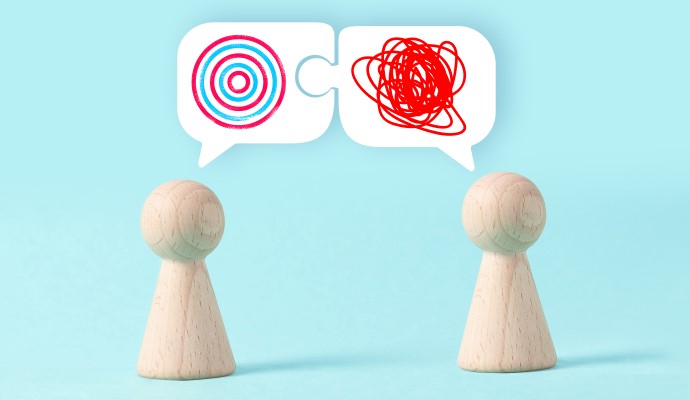How Payers Optimize Claims Payment to Reduce Provider Friction
Electronic claims payment adoption is key to reducing the friction between payers and providers, as long as the solution can enable secure, convenient access to EFT and ACH options.

Source: Getty Images
- Payers and providers can oftentimes seem like they are moving in opposite directions when, in reality, they want the same solution to ease the administrative burdens of both parties. Electronic claims payment can ease the friction between payers and providers to optimize the business side of healthcare while enabling both parties to focus on delivering high-quality care.
Electronic claims payment adoption is key to reducing administrative overhead. Non-profit Council for Affordable Quality Healthcare, Inc. (CAQH) recently found that the healthcare industry could save approximately $426 million through the use of one type of electronic claims payment option alone: electronic fund transfers (EFT). Processing time for claims payment would also drop to four minutes compared to six minutes for each transaction.
Adoption of EFT, ACH (a specific type of EFT), and other electronic methods for claims payment is on the rise. Claims payments using fully electronic transactions by medical plans topped 70 percent in 2020, according to the CAQH report. However, that represented just a single percentage point increase compared to 2019. Meanwhile, the estimated national volume of manual claims payments increased from 95 million in 2019 to 339 million in 2020.
“This cost savings opportunity represents three percent of the overall medical savings opportunity. Despite the increase in potential cost savings from further automation, the medical industry has already avoided spending $963 million annually by switching from paper checks to EFTs,” the report states.
There is still a major opportunity to optimize claims payments through electronic adoption, as evident by persistent points of friction between payers and providers today.
Where there is opportunity to automate more
“Today, 50 percent of most plans manage an in-house EFT offering of some sort,” explains Leah Silver, Senior Director of Business Solutions at Zelis. “However, that offering is traditionally geared toward high-dollar, high-volume, contracted in-network providers.”
The selective electronic claims payment strategy leaves many providers without an electronic payment option and billions of dollars on the table. Consider this: The healthcare industry sees about $500 billion check payments annually.
“When plans only adopt the method to go after their higher, more sensitive providers, it leaves the smaller practices and those with less frequent volumes and lower dollars out of the loop,” Silver says. “So, those who don't necessarily have the operations and the manpower to be able to go out and manage multiple portals for signing up for ACH tend to default to check and that leaves a huge burden on both the payer and the provider.”
But even larger volume, high-dollar providers feel the sting from current electronic claims payment strategies. Roughly 90 percent of all providers still receive some form of paper-based payment from payers today. Additionally, signing up for EFT or ACH and managing the range of electronic options is a source of administrative burden for providers all on its own.
“The number of payers paying a particular provider averages almost 30. That is about 30 different ways in which that individual provider is being issued payments. Some may be EFT, some may be checks, some may be a virtual card. It is all over the place,” Silver elaborates.
Crafting a single solution for payers, providers
While EFT and ACH options have reduced friction between payers and providers, many challenges remain that make the relationship between these two key healthcare stakeholders contentious. Fortunately, technology is evolving to eliminate major points of friction, such as enrolling in multiple EFT and ACH options and limiting who is eligible to receive electronic claims payment.
Integrated or multimodal technology aggregates payers and providers under one electronic claims payment system to streamline the payment process and align with provider demand for more automated, ACH options. The technology also simplifies the enrollment process so providers do not have to sign up for each payer’s electronic option.
Just as importantly, the right technology platform will offer payers and providers a secure electronic payment option, keeping payment and protected health information safe from security threats through certifications from leading industry-standard groups like HITRUST.
After years of stagnation when it comes to onboarding providers to individual platforms, integrated, multimodal technology can also take electronic claims payment adoption to the next level. And without this technology, payers are risking the very coordination and collaboration needed to advance care delivery with providers.
“We really want to make sure that, even with the state of the world as it exists today, providers are able to focus on what's important regardless of their segment. If it's a dental provider, if it's a medical provider, if it's a hospital, if it's a surgery center, patient care should be at the forefront, not penny-pinching dollars because the administrative process is so convoluted,” Silver concludes.
